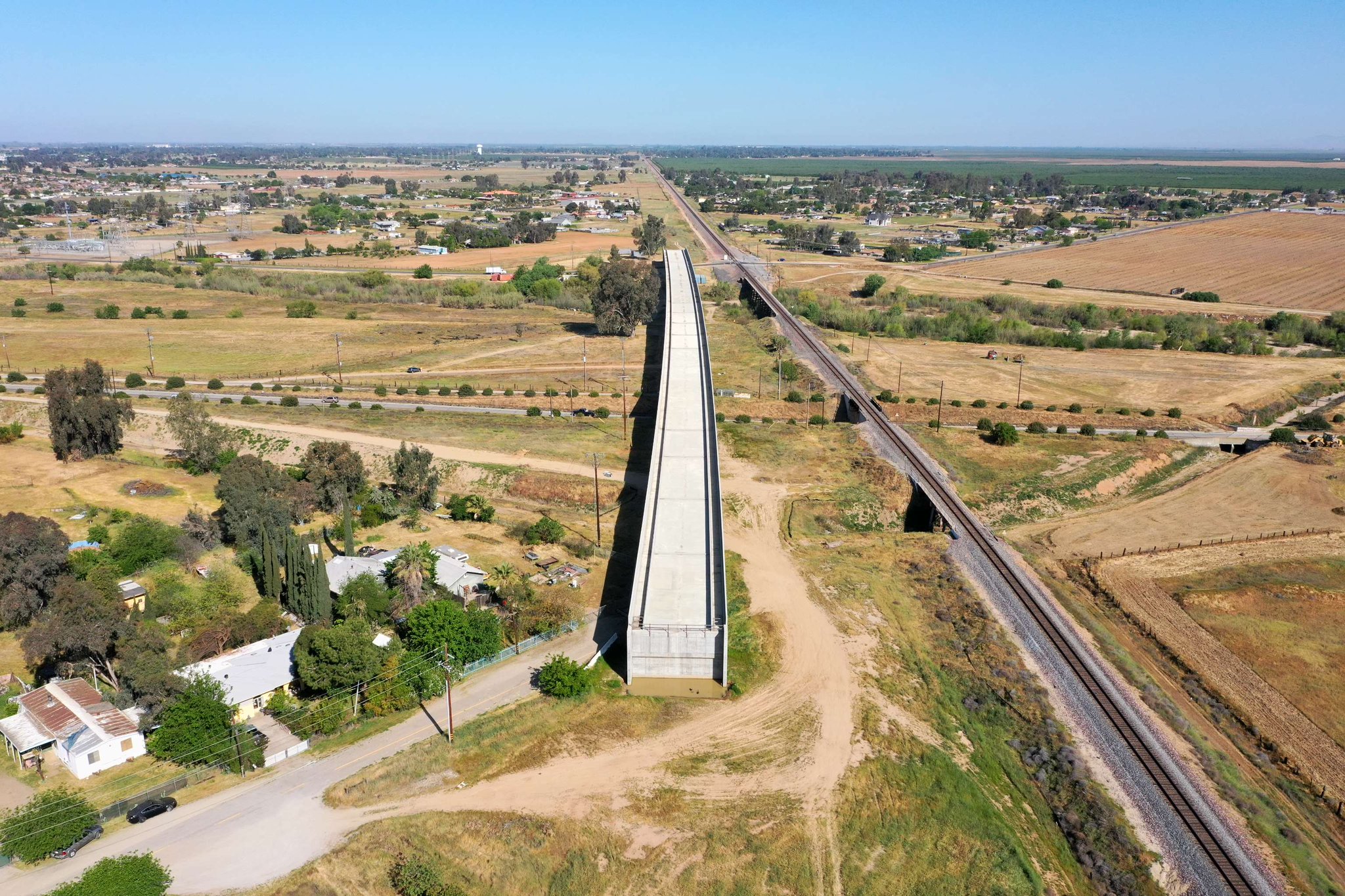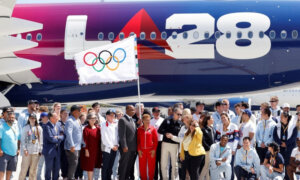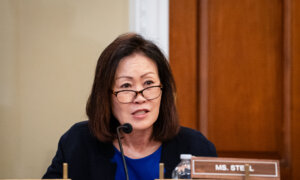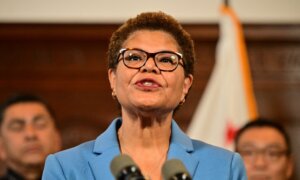California’s high-speed rail project has again come up short, needing an additional $7 billion by June 2026, and lawmakers are seeking solutions as continued federal support remains in peril, according to a budget hearing held on March 26.
The money is needed by June 2026 to begin the long-delayed project’s first stretch through the state’s central region from Merced to Bakersfield—which is about one-third of the route.
“There’s about a $7 billion gap between projected funding and costs,” legislative analyst Helen Kerstein told the Assembly Budget Committee, adding that there is “no specific plan” to cover the deficit. “We also think there’s some risk that the gap could grow.”
The total estimated cost for the Merced-to-Bakersfield segment is $35.3 billion, according to the legislative analyst. Federal funds were expected to pay for one-fifth of that, but that money is in jeopardy following the start of a federal investigation into the project’s budget.
A loss of federal funds would add billions more to the deficit, according to lawmakers.
The news of additional high-speed rail costs combined with ongoing uncertainty over federal funding created some reluctance among Assembly members about funding the rail line.
The project manager also did not submit a yearly update on costs before the subcommittee hearing.
“We need to have that [update] completed before the Legislature is asked to take any action,” Assemblywoman Cottie Petrie-Norris (D-Irvine) told the High-Speed Rail Authority. “I do not think we can make an ongoing commitment to the high-speed rail project.”
The state requires the High-Speed Rail Authority to prepare a business plan every even-numbered year and a project update report by March 1 of odd-numbered years.
The authority’s newly hired chief executive officer, Ian Choudri, who was appointed by the project’s board of directors in August 2024, delayed the update this year to give him time to evaluate the entire project.

Crews build the Hanford Viaduct over Highway 198 as part of the California high-speed rail project in Hanford, Calif., on Feb. 12, 2025. (Patrick T. Fallon/AFP via Getty Images)
Choudri is working on a “deep dive” and plans to complete a cost update by the end of summer, the authority’s chief of staff told the legislative committee on March 26.
The project’s chief financial officer, Jamey Matalka, reported that $13.8 billion had been spent on the program so far, of which about 23 percent was federal funding.
The project was expected to cost $33 billion and be completed by 2020 when it was approved by voters in 2008.
Seventeen years later, the cost has ballooned to an estimated $128 billion. No tracks have been laid, and officials do not know when it will be completed.
The High-Speed Rail Authority has focused on finishing the 171-mile Merced-to-Bakersfield segment.
Ultimately, the railway is expected to span 463 miles and run from San Francisco to Los Angeles.
President Donald Trump ordered a federal investigation into the project in February.
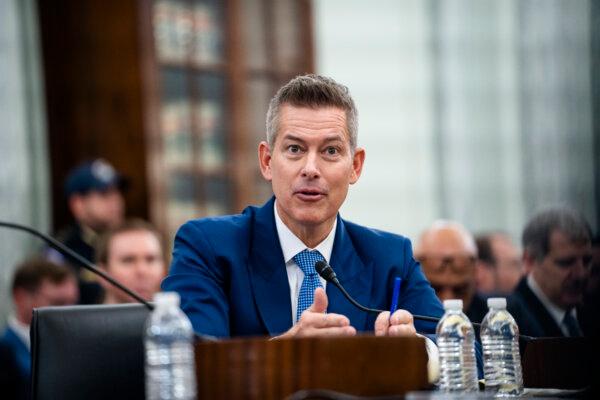
Sean Duffy testifies as the Transportation secretary nominee before a Senate committee on Jan. 15, 2025. (Madalina Vasiliu/The Epoch Times)
U.S. Secretary of Transportation Sean Duffy, whose department is conducting the investigation, wrote on social media platform X on March 26: “Now California says they need an additional $7 billion to fall out of the sky just for a 171-mile train from Merced to Bakersfield. What a joke! The state’s train to nowhere was supposed to cost around $33 billion and be done by 2020.”
Duffy’s department is trying to determine how federal dollars have been used and whether federal support should continue, he added.
Rep. Kevin Kiley (R-Rocklin) introduced federal legislation in December 2024, hoping to end the project.
“The CA High-Speed Rail disaster has somehow gotten even worse,” Kiley wrote on X on March 27. “I’ve introduced legislation to cut off all federal funding and end the project for good.”

A freight train approaches the Hanford Viaduct along the route of the California high-speed rail project in Hanford, Calif., on Feb. 12, 2025. (Patrick T. Fallon/AFP via Getty Images)
The funding uncertainty prompted budget committee members to suggest considering a private-public partnership and other long-term funding options to complete the project.
Rail authority chief of staff Mark Tollefso said project officials have considered the idea.
“Bringing in private investment is definitely something we strive for,” he said.
Budget Subcommittee Chair Assemblyman Steve Bennett (D-Ventura) told committee members that lawmakers need to have “hard conversations” about the project’s sustainability and “what’s in the best interest of California.”
“I don’t think anybody who would look at what we’ve done so far would say this has really been good for California,” Bennett said on March 26.
